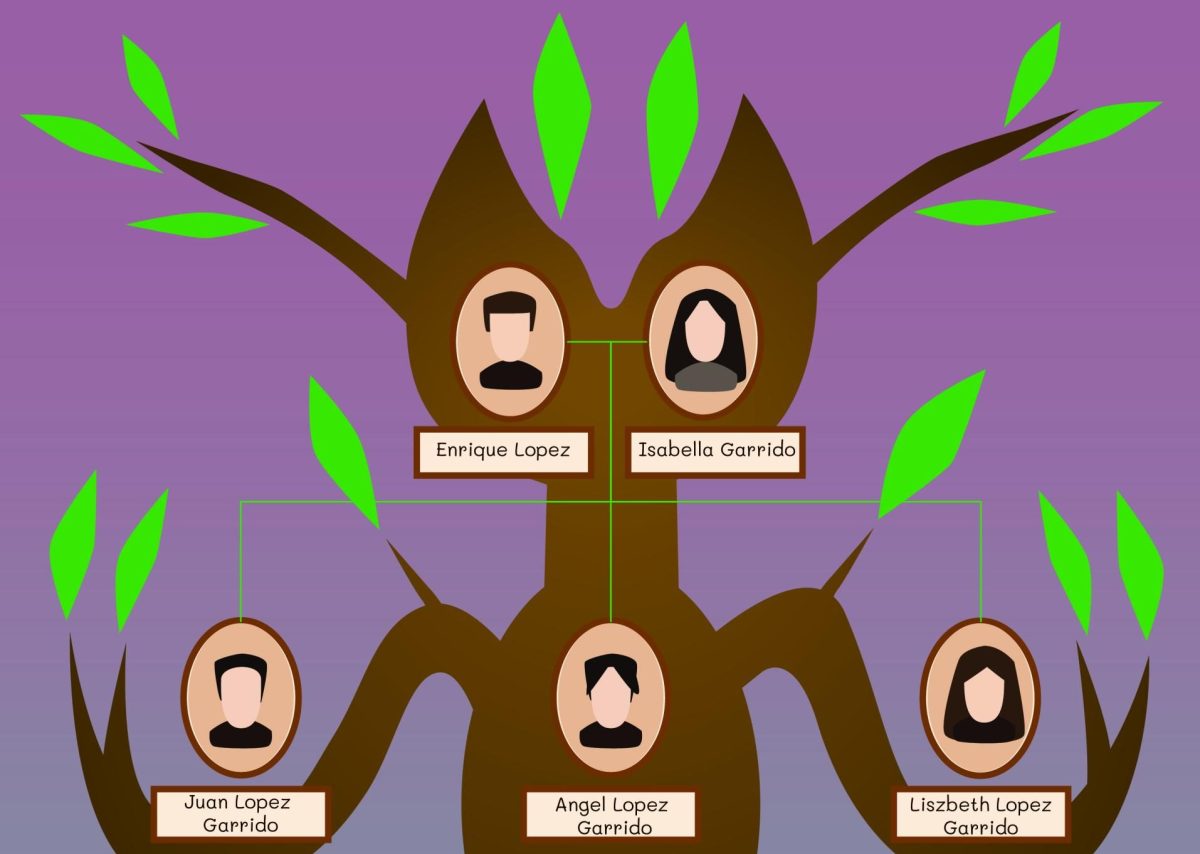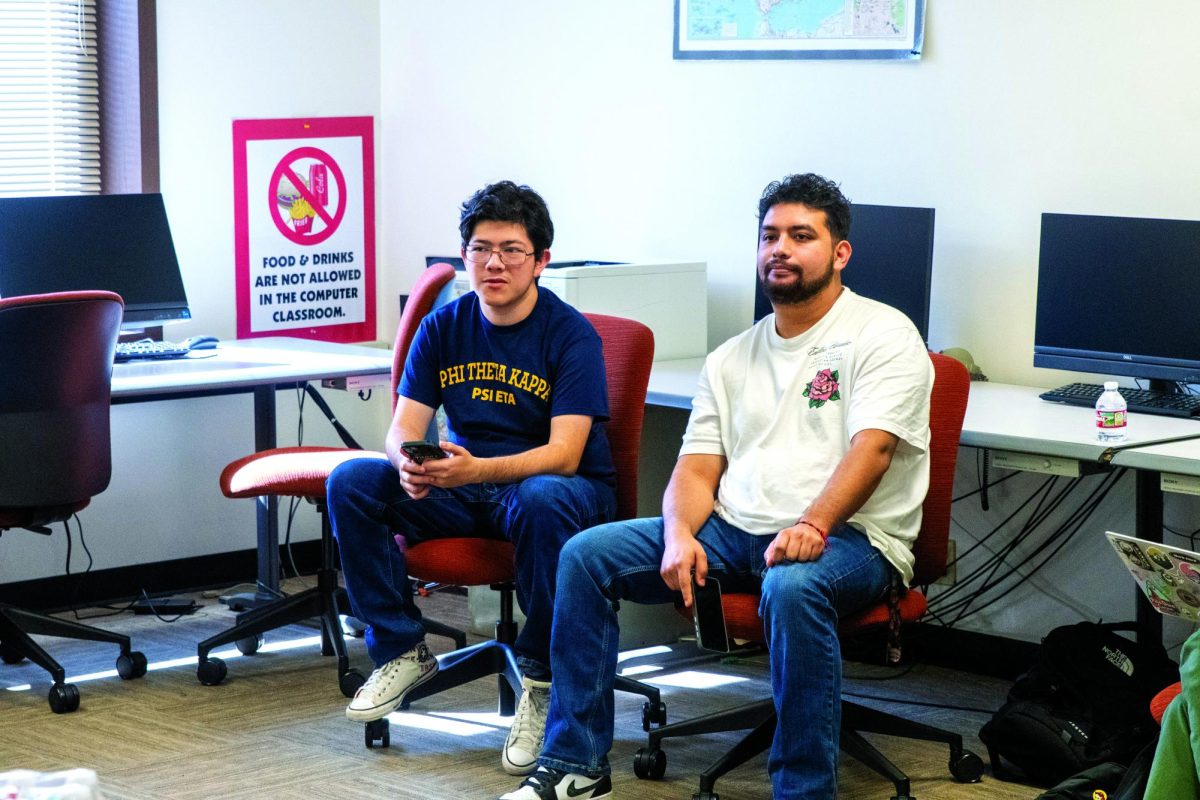It’s been said before, but it bears repeating: America is a nation of immigrants. This country was founded by immigrants, and immigrants are what makes it great. However, the experiences of most recent immigrants are a far cry from those in the past. So, in order to better understand some of these changes, I spoke to two individuals with very different immigration stories, both of whom have elected to stay anonymous for safety’s sake.

The first subject is an 84-year-old local woman who emigrated from France in 1967 to pursue a master’s degree at The University of Wisconsin, Madison. She gained a green card in 1969 through her marriage to an American man, but did not complete the citizenship process until 1996 upon her husband’s terminal cancer diagnosis. When asked about the significant time gap between these events, she cited the rigid, complex nature of the process, saying that she “missed two interviews in a row” due to the summons letters’ inability to be forwarded to her most current residence.
As a white, European woman, she believes that she was seen as more of a “temporary visitor” to America, despite the fact that she had married an American man and was raising American children, than an “actual immigrant.” Her general experience, however, is quite common: moving to America on a student or work visa, falling in love and deciding to stay.
The second subject, a 19-year-old student at Dallas College, tells a much different story. He was brought to America from Mexico in the arms of his mother as an infant of merely five or six months old, in the hopes of joining family already living here.
As of now, he has been waiting for five years for the confirmation of his protected status under the Consideration of Deferred Action for Childhood Arrivals (DACA). This program allows a temporary, two-year period of safety from deportation as well as grants a temporary work visa to those who were brought to the United States as children. It is among many immigration, social security and social welfare programs that are currently at risk of being defunded or ended entirely under the new Trump administration.
According to the second subject, both legal and undocumented immigrants are living in terror right now, trying desperately to fly under the radar.
He shared his fear that expressing Hispanic culture, even something so innocuous as playing Spanish music in public or at private parties, could draw undue attention to some of America’s most hard-working citizens.
Immigrants have always existed in a state of uncertainty, but now more so than ever before.
The most poignant moment of either interview and the prevailing image of this article came from a throwaway comment made by the second subject, saying that the hardest part of these past few months has been leaving for school every morning and wondering if it would be the last time he ever saw his mother.







